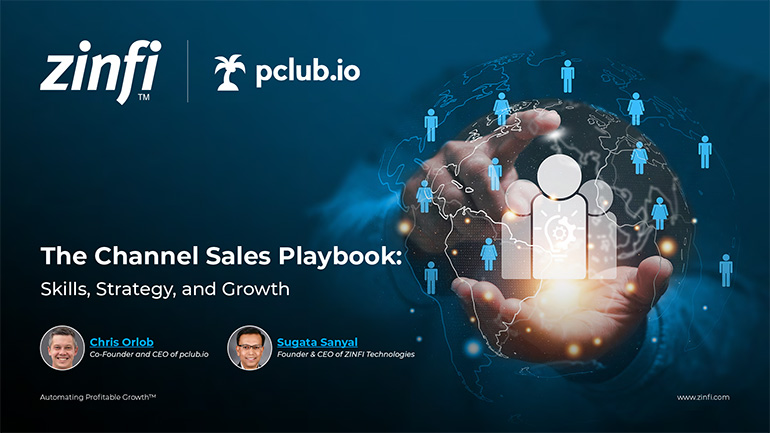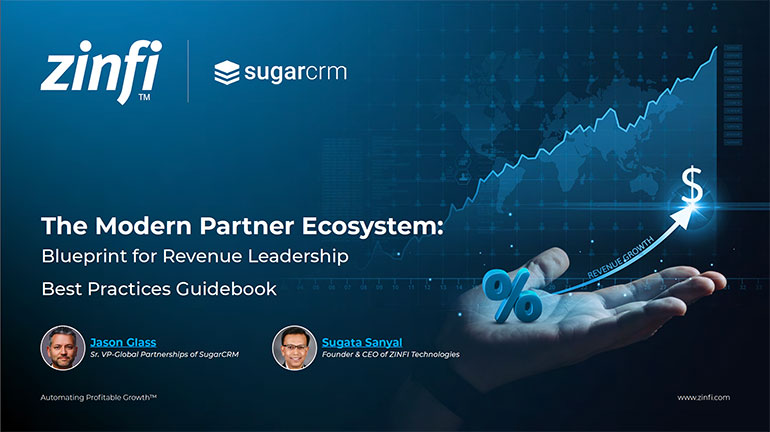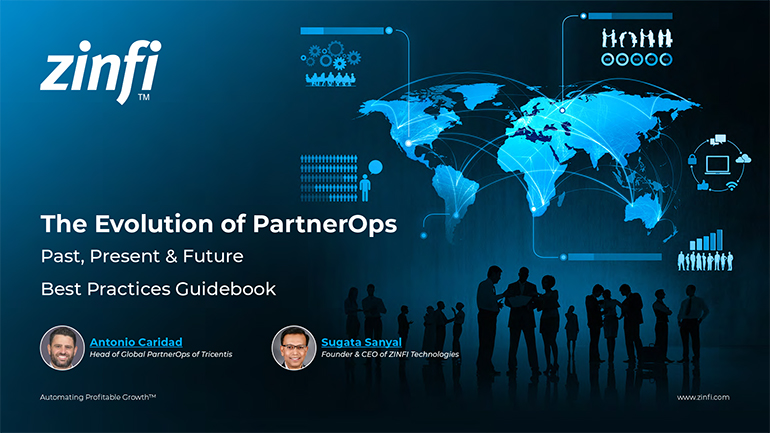Best Practices Articles

Three Tips for Hiring Channel Marketing Professionals in a Tight Labor Market
Struggling to hire? You’re not alone, and the difficulties extend well beyond the US. Even at the global level, we are experiencing an unprecedented shortage of qualified prospects across multiple countries. While the stock market is beginning to show signs of extreme volatility, trends in the labor market are stable and it appears it will continue to be tight for some time. Sure, this is great news for the candidate who is eyeing that career leap she has long been waiting for, but the picture is not so great if you are a manager looking to hire new talent for your channel marketing team.
So what do you do? Here are three core ideas I encourage you to consider:- Create cross-functional roles. In the spirit of efficiency and scale, most organizations have inadvertently created huge departmental silos. This may have made some sense in the past, but the old ways of doing things no longer cut it. Consider the marketing and sales functions: We all know that today’s buyers are researching online and accustomed to making their own decisions based on what they learn, yet a surprisingly large number of sales organizations still rely on old school methods that involve picking up the phone and calling. There is a huge opportunity to merge your sales and marketing professionals to create a much higher-impact organization. Maybe this won’t apply to every single individual in those two departments, but it should apply to most. When it comes to finding buyers and closing deals, 2+2 should equal 10. I say this from real-life experience in the channel marketing automation business. At ZINFI, we are closing the same number of new accounts today that a couple of our very-well-funded competitors are, but we are doing that with a tenth of the marketing and sales resources that they have. In part, that’s because nearly all of our personnel in those two functions have developed expertise in both. If we can do this, you can too.
- Train your employees better. I know this may sound like a cliché, but digitizing your employee knowledge base is an ongoing challenge—and opportunity. Train employees frequently on the latest technologies and on how to be more productive in their own domain, but also figure out how to increase personal productivity. If you have an employee who is a new parent, for example, maybe that individual can work from home and embrace flexible extended hours. That may be better than asking them to commute two hours a day, having them stress out about their family and lose productivity because of that stress. While face time in the office is critical for certain functions, much everyday work can be done from home. Inexpensive video conference tools are ubiquitous. However, training becomes especially critical if your employees are remote; they don’t have the tribal shoulder-rubbing to help them keep up. So invest in digital learning platforms that can train employees and keep them connected via videos and other self-learning technologies.
- Automate workflows. If you sit down and carefully map your business processes, you are almost guaranteed to be amazed to see how many redundant steps there are built into your workflows. Yes, process mapping may take a few hours, but once you have done it you will be ready to get a big hatchet and start cutting. Here’s a dirty secret: Most organizations—yes, this includes channel marketing organizations that should be deeply committed to automation—are an extension of their past. Very few actually pause on a regular basis to figure out how to perform processes better and differently. So pause. Take a time out. Analyze your workflows, find the redundancies and bottlenecks, and remap them accordingly. Once you have done this, ask yourself, “What else can I automate to drive up productivity?” Today you can automate almost all functions—including your indirect channel marketing and sales activities. Seventy percent of world commerce flows through the channel, yet less than 5% of enterprises have deployed any level of channel automation. That’s an astonishing figure, and it suggests that organizations that are worried about making the perfect hire are looking at things the wrong way. There are abundant options to deploy unified partner management, starting at a few hundred to a thousand dollars a month. Compare that to the cost of bringing on a new hire. Smart automation will make your existing employees happier and even more productive, and partner relationships will also flourish.
Best Practices Guidebook
 The Channel Sales Playbook: Skills, Strategy, and Growth
The Channel Sales Playbook: Skills, Strategy, and GrowthDownload for FREE
 Blueprints for Vertical Success Best Practices
Blueprints for Vertical Success Best PracticesDownload for FREE
 The Future of Partner Enablement: From Enablement Gaps to Global Advantage
The Future of Partner Enablement: From Enablement Gaps to Global AdvantageDownload for FREE
 Reimagine Sales Development. Build a Smarter Prospecting Engine
Reimagine Sales Development. Build a Smarter Prospecting EngineDownload for FREE
 The Zero Trust Imperative: Fortifying Enterprise Security Against AI-Driven Threats
The Zero Trust Imperative: Fortifying Enterprise Security Against AI-Driven ThreatsDownload for FREE
 PartnerOps Excellence: The Definitive Guide to Scalable SaaS Ecosystems
PartnerOps Excellence: The Definitive Guide to Scalable SaaS EcosystemsDownload for FREE
 The Modern Partner Ecosystem Best Practices
The Modern Partner Ecosystem Best PracticesDownload for FREE
 Partner Marketing Reimagined: Strategies for Agile, Insight-Led Growth
Partner Marketing Reimagined: Strategies for Agile, Insight-Led GrowthDownload for FREE
 Scaling with PartnerOps Best Pratices
Scaling with PartnerOps Best PraticesDownload for FREE
 Leading with Partner Programs Best Pratices
Leading with Partner Programs Best PraticesDownload for FREE
 The Partner-First Blueprint: Scaling Trust, Intelligence, and Ecosystem Growth
The Partner-First Blueprint: Scaling Trust, Intelligence, and Ecosystem GrowthDownload for FREE
 Unlock Scalable Growth with The Partner Marketing Growth Blueprint
Unlock Scalable Growth with The Partner Marketing Growth BlueprintDownload for FREE
 From TikTok to LinkedIn: Social Selling Across the Generational Divide
From TikTok to LinkedIn: Social Selling Across the Generational DivideDownload for FREE
 Scaling Partner Ecosystems: From Enablement to Intelligence
Scaling Partner Ecosystems: From Enablement to IntelligenceDownload for FREE
 The Ultimate Guide to Partner Marketing Success Best Practices
The Ultimate Guide to Partner Marketing Success Best PracticesDownload for FREE
 How to Start and Scale Partner Ecosystems Best Practices
How to Start and Scale Partner Ecosystems Best PracticesDownload for FREE
 The Evolution of PartnerOps: Past, Present & Future Best Practices
The Evolution of PartnerOps: Past, Present & Future Best PracticesDownload for FREE







